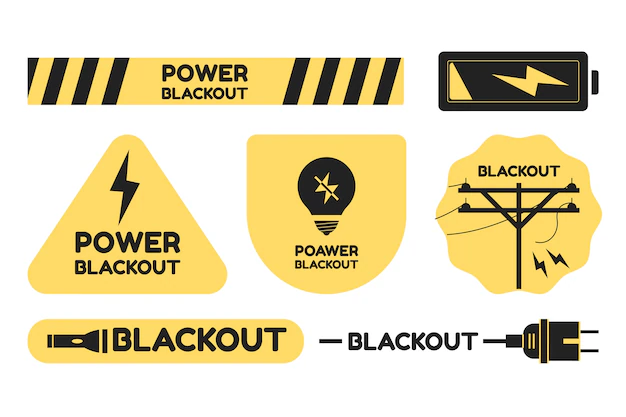Exploring the 7 Best Features of Applied Behavior Analysis Therapy and Behavior Modification Techniques for ASD Autism and ADHD

In the realm of developmental and behavioral interventions, Applied Behavior Analysis (ABA) therapy stands out as a comprehensive and evidence-based approach. Initially developed to address the needs of individuals with autism spectrum disorder (ASD), ABA has since expanded its applications to various populations, including those with attention deficit hyperactivity disorder (ADHD), intellectual disabilities, and other behavioral challenges. What sets ABA apart are its distinct features and methodologies, which have garnered recognition and acclaim within the field of psychology and beyond.


Page Contents
Exploring the 7 Best Features of Applied Behavior Analysis Therapy
7 Features of Applied Behavior Analysis Therapy
| Feature | Description |
|---|---|
| 1. Individualized Treatment Plans | Prioritizes personalized therapy by tailoring goals, strategies, and interventions to the unique needs, preferences, and developmental stage of each individual. |
| 2. Data-Driven Approach | Relies on systematic data collection and analysis to measure progress, guide decision-making, and make informed adjustments to the intervention plan as needed. |
| 3. Behavior Modification Techniques | Utilizes diverse behavior modification techniques, including reinforcement, extinction, prompting, and shaping, to facilitate positive behavioral change. |
| 4. Functional Assessment and FBA | Identifies the function or purpose behind behaviors through functional assessment and Functional Behavior Assessment (FBA), guiding targeted interventions. |
| 5. Skill Acquisition Programs | Emphasizes systematic teaching procedures to facilitate skill acquisition across various domains, enhancing independence and quality of life. |
| 6. Collaborative Approach | Involves collaboration among a multidisciplinary team of professionals, including behavior analysts, therapists, educators, parents, and caregivers. |
| 7 Empowerment and Advocacy | Fosters self-advocacy, agency, and confidence in individuals through skill development, positive reinforcement, and a culture of acceptance and inclusion. |
Behavior Modification Techniques:
Behavior modification techniques are fundamental to Applied Behavior Analysis (ABA) therapy, serving as the primary means of facilitating positive behavioral change. These techniques are grounded in principles of learning theory and behaviorism, emphasizing the relationship between antecedents (triggers), behaviors, and consequences. By systematically manipulating these elements, behavior analysts can shape, reinforce, or extinguish behaviors to promote desired outcomes.
Here are some 6 key behavior modification techniques utilized in ABA therapy:
- Reinforcement: Reinforcement involves delivering a consequence immediately following a behavior to increase the likelihood of that behavior occurring again in the future. Positive reinforcement involves presenting a reward or desired stimulus (e.g., praise, tokens, privileges) following a target behavior, while negative reinforcement involves removing an aversive stimulus to strengthen a behavior.
- Extinction: Extinction entails withholding reinforcement for a previously reinforced behavior, leading to a decrease in the frequency or intensity of that behavior over time. By removing the reinforcing consequence associated with an undesired behavior, extinction weakens its association and reduces its occurrence.
- Prompting: Prompting involves providing additional cues or assistance to prompt a desired response when an individual is learning a new skill. Prompting can take various forms, including verbal prompts, visual cues, physical guidance, or modeling. Prompting strategies are gradually faded over time as the individual gains independence and mastery of the skill.
- Shaping: Shaping involves reinforcing successive approximations of a target behavior until the desired behavior is achieved. Instead of waiting for the complete behavior to occur, therapists reinforce small, incremental steps toward the target behavior. Over time, these steps are shaped closer and closer to the target behavior until the final goal is reached.
- Chaining: Chaining involves teaching complex behaviors by breaking them down into smaller, manageable components or steps. These steps are taught sequentially, with each step serving as a cue or trigger for the next step in the chain. Behavior chains can be forward or backward, depending on the sequence of steps required to complete the behavior.
- Token Economy: Token economies are systems of reinforcement where individuals earn tokens or points for engaging in target behaviors. These tokens can later be exchanged for preferred rewards or privileges. Token economies are often used in group settings, such as classrooms or residential facilities, to promote desired behaviors and social interactions.
Conclusion:
Applied Behavior Analysis therapy embodies a holistic and evidence-based approach to addressing behavioral challenges and fostering skill development in individuals across the lifespan. By embracing individualization, data-driven decision-making, and collaborative partnerships, ABA empowers individuals to reach their full potential and lead fulfilling lives. As we continue to explore and refine the best practices of ABA therapy, its profound impact on the lives of individuals with developmental and behavioral disorders remains steadfast, offering hope, support, and opportunities for growth.






